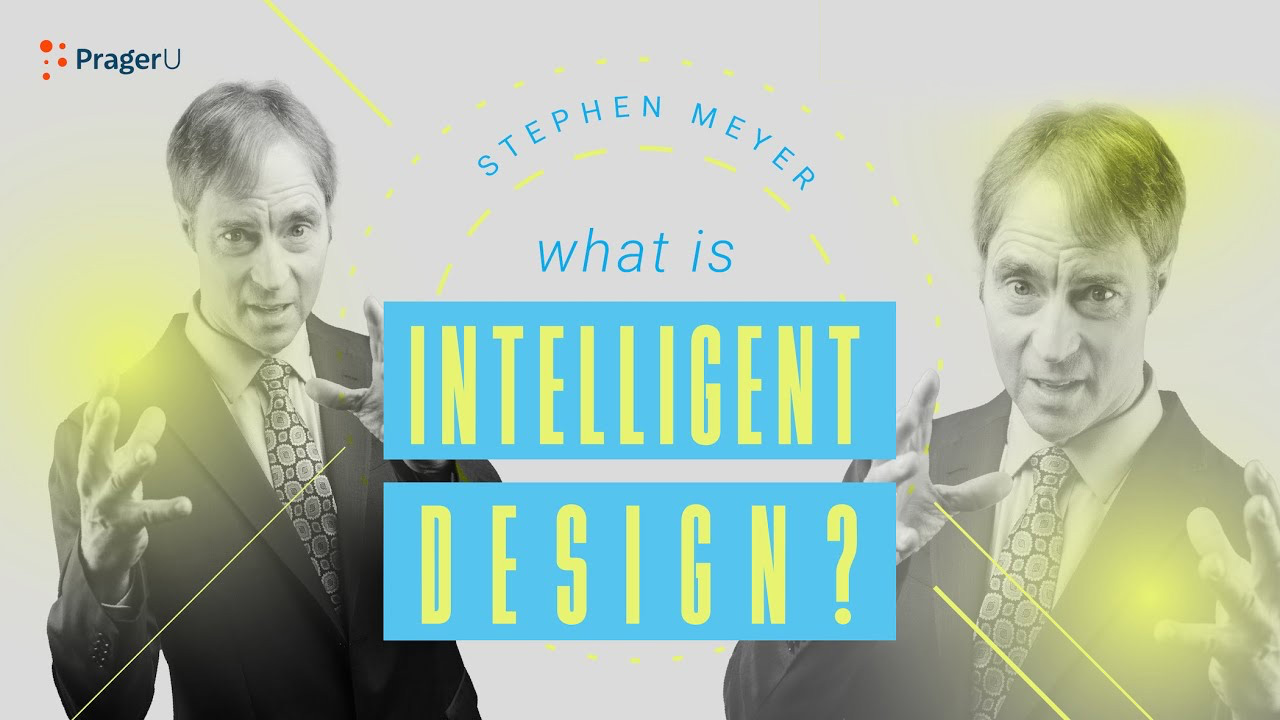What Is Intelligent Design?
View at PragerUChances are if you’ve heard anything about intelligent design, you’ve heard that it’s a “faith-based,” not a “science-based” idea. Or maybe you’ve even heard it’s “religion masquerading as science.”
Is that true?
Well, why don’t you decide?
According to evolutionary biologists such as Richard Dawkins of Oxford University, living systems “give the appearance of having been designed for a purpose.” But that appearance is merely an illusion.
Why?
Well, according to Dawkins and his followers, undirected processes such as natural selection and random mutations can produce the intricate design-like structures in living systems. In their view, natural selection can mimic the powers of a designing intelligence without being guided or directed in any way.
In contrast, the proponents of intelligent design argue there are tell-tale features of living systems and the universe that are best explained by a designing intelligence.
So what tell-tale signs of intelligence are we talking about?
There are many. But let’s focus here on just one — the digital code stored in the DNA molecule.
In 1953 James Watson and Francis Crick mapped out the structure of the DNA molecule. Along the interior of their famed double helix, they discovered a four-character code at work.
They soon realized that sequences of precisely positioned chemicals called “nucleotide bases” store and transmit the assembly instructions — the information — for building the crucial protein molecules that cells need to survive. No protein molecules, no life.
Crick later proposed that the chemical constituents in DNA function like letters in a written language or digital symbols in a computer code.
Just as a well-functioning computer code depends upon precise sequences of zeros and ones, so too does the function of the DNA molecule depend upon the specific arrangement of chemical bases along the spine of the double helix.
Famed biotech specialist Leroy Hood describes the information stored in DNA as “digital code.” Even Richard Dawkins has acknowledged, “the machine code of the genes is uncannily computer-like.”
But where did this information, this digital code, come from? Today this question lies at the heart of a great scientific mystery: the mystery of the origin of life.
Building a living cell requires many proteins. And building proteins requires genetic information in DNA or some other equivalent molecule.
Yet to date no theory of undirected chemical evolution can explain the origin of the digital information needed to build the first living cell from simpler non-living chemicals — in other words, the problem of getting life from non-life.
Why is this a problem? There is simply too much information in the cell to be explained by chance alone. The probability of generating a section of DNA code capable of building just one functional protein by chance is vanishingly small, even taking into account the multi-billion-year history of the universe. And even the simplest living cells require hundreds of proteins.
Thus, the “given enough time anything is possible” argument no longer works. Origin of life researchers agree: the chance hypothesis has failed.
Chemistry doesn’t help us, either. Unlike basic chemical compounds, like a crystal of salt, the chemical letters in the DNA message do not arrange themselves as a result of mutual attraction.
Saying otherwise would be like saying that the message in a newspaper headline could spontaneously emerge because of the way that ink sticks to paper. Clearly “something else” is at work. In this case, a newspaper editor.
Yet, proponents of intelligent design do not argue for the theory because all these other theories — chance, chemical laws or some combination — have failed. Instead, they argue for intelligent design because our uniform and repeated experience — the basis of all scientific reasoning — shows that systems with digital information invariably arise from intelligence.
DNA functions like a software program. We know from experience that software comes from programmers. We know that information — whether inscribed in hieroglyphics, written in a book or encoded in a radio signal — always arises from an intelligent source.
So, the discovery of information at the foundation of life in even the simplest living cells provides strong grounds for inferring that a designing intelligence played a role in the origin of life.
So, contrary to what you might have heard, intelligent design is not based on religion but on scientific discoveries. It is also based upon the same method of scientific reasoning that Charles Darwin used — a method that relies on our uniform experience of cause and effect to guide our theories about what happened in the past.
You may still wish to dismiss the theory of intelligent design — you’re free to believe whatever you like — but you’ll have a hard time doing so based on “The Science.”
